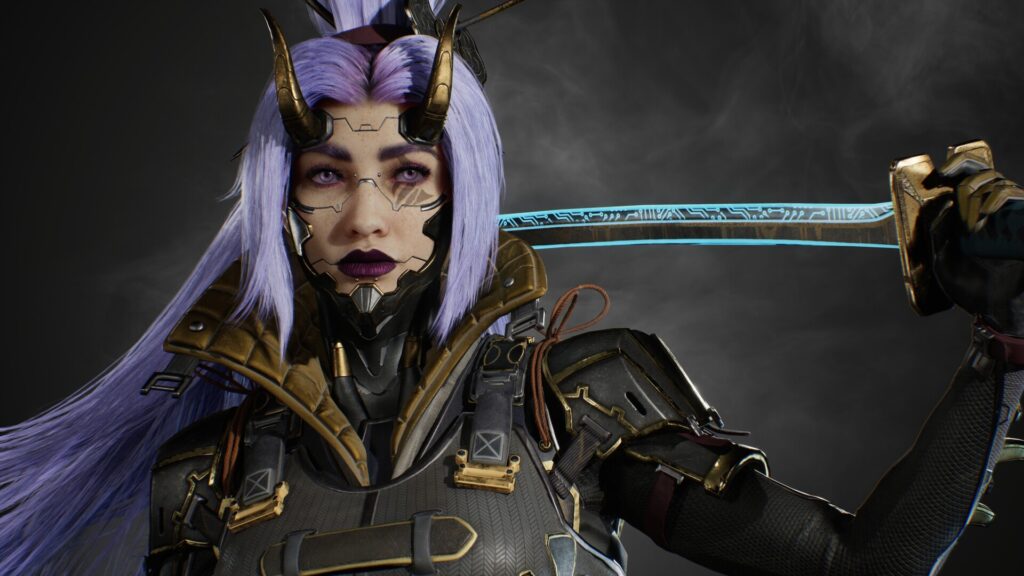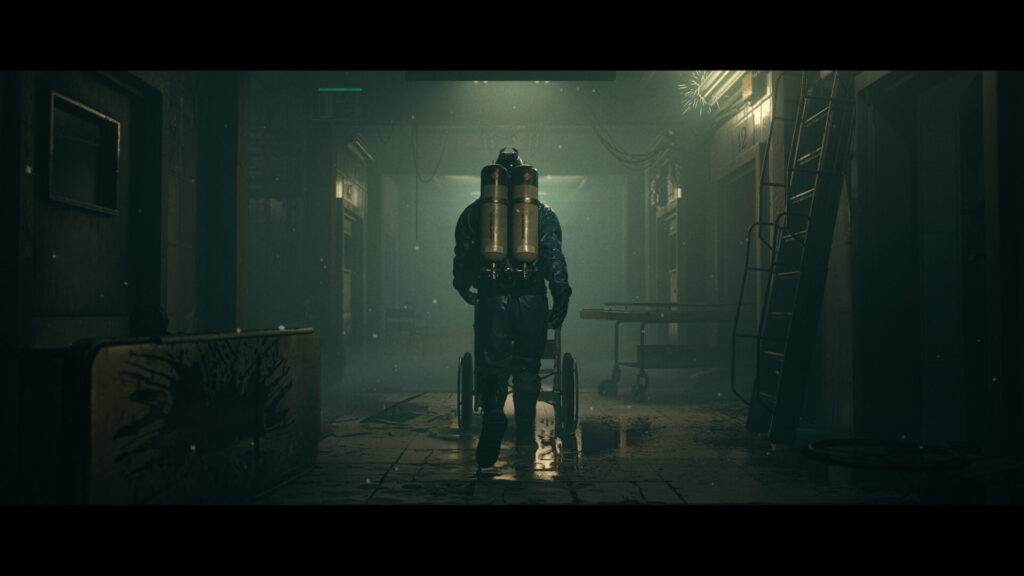Exploring the uncompromising agility in game development pipelines

Image courtesy of Yoav Hoze
The video game industry has grown in size and possibilities every year, with 2024 being no exception. Yet, as video games and their developers have become more prominent, project standards continue to grow, and so does the pressure on game studios to constantly improve and innovate, regardless of studio or product size.
Live-service games, increasingly powerful hardware, and more trends in the gaming space push studios to their creative and technical limits, causing many developers to face difficult choices or compromises along the way.
Thankfully, as the development space has grown, so have the tools and approaches available to these companies. They can tap into them to bolster their game development pipelines, less often sacrificing their visions for stunning, memorable games. Here are five ways studios are challenging themselves to unlock their full potential in their projects without losing the agility and imagination that make game development such an inspiring field.
1. Ever-growing, fluid teams communicate with unmatched efficiency
Project leads and managers work to ensure that instructions, assets, feedback, and fixes flow well between teams and staffers — but it can be tricky. Game development teams can vary dramatically in size and composition at any point. Also, with touchpoints varying throughout the development of certain phases and assets, one delay or major change can have implications for staff at all points of the process.
With these needs in mind, advances in team and organization tools and techniques aim to align teams, regardless of size and production phase. SQUARE ENIX, in creating its 2023 AAA game FINAL FANTASY XVI, managed a cinematic team of over 100 people through Flow Production Tracking. By programming customized internal studio processes into Flow Production Tracking, the team took out many extraneous approval steps to streamline production of cinematic cut scenes.
On the other end of that studio sizing scale, Ayelet Studio’s Indian team of 18 worked towards staff-wide standardization of art direction, which normally requires constant supervision and iteration. Working with Maya, they could optimize processes and focus more on perfecting the stunning details of Indian culture within the game’s aesthetic, instead of micromanaging its talented artists.

Image courtesy of Salvador Sánchez
2. Cross-software compatibility means any artist can contribute effectively
As the games industry broadens, so do the skills and capabilities that artists bring. There are some industry-wide expectations in software of choice, but artists and animators may still have varying preferences in where and how they work so they can reach their full potential and stay true to their style.
Still, in the end, some consolidation ends up necessary into animation software or engines such as Unreal or Unity. Given the nature of software, that compatibility, or lack thereof, can be a potential and intimidating obstacle.
Creative leads, such as industry veteran James Brady, often recognize this need for flexibility and work towards bridging the artists’ preferences and the overall studio needs to avoid sacrificing artists’ talent.
Today, it’s easier than ever to work around this bridge by porting assets and standardizing models through software like Autodesk Maya and 3ds Max, then using third-party tools to bring them into desired game engines.
3. Customizable solutions mean less compromise in workflow
Part of the charm of current video games is the spectrum of ideas and styles that creators channel into unique and beautiful games. This means that they may have to push the limits of even the best tools—by taking certain building and rendering steps and processes into their own hands.
To find that flexibility, they often look to animation and design software such as Autodesk’s Maya, 3ds Max, and more, which allow users to not only import third-party tools, but also engineer their own processes and tools for internal use.
It’s important for creatives to have the space to innovate within their digital workspaces, as rendering techniques for stylization are often what makes a studio’s work distinct.
With custom tools, a studio can create a custom setup in order to easily regulate the flow of wind or render a certain style of outline on characters, for example, so there’s minimal need for hand-rigging or animation at every step.
This desire for custom techniques isn’t limited to animation, but also for production workflow needs. SQUARE ENIX leveraged the power of Flow Production Tracking’s customizable tools to automatically change the status of certain assets across its teams’ tracking pages, eliminating a degree of human error and time lost in ensuring all staffers are in the loop.

Image courtesy of David Geraud
4. More complexity and productivity through automation and generation tools
Automation, procedural generation, and extrapolation tools have been iterated on in game development for decades for many mundane, repetitive, and often complex tasks, including extrapolation of typically long-winded work.
Developers tap into procedural generation for features such as texture upscaling and continuation, randomized content generation, and NPC behavior. Coupled with AI technology, these tools have grown more powerful and mindful than ever. Automation and generative features have become prominent in both the development side and as consumer “features” within these games, as seen at the annual Game Developers Conference.
With interest in generation tools not only rising, but finally manifesting en masse in the animation and game development solutions market, artists have more ways than ever to keep their creative output moving along without sacrificing quality, utilizing generated content as much as they wish or feel necessary.
Autodesk leads the pack in bringing such cutting-edge automation and AI tools to game developers. The newest versions of Autodesk Maya’s “smart” tools, for instance, automate surface meshing in modeling, and its Bifrost tools allow for stunning effects with seemingly endless detail, without needing to animate every detail.
Tools like these allow artists to focus on the steps of the creative process that matter most to them.
5. Potential for artist growth is paramount
Now more than ever, developers are doing their best to remind their audiences of the space’s creative prowess. In the process, industry veterans and newcomers alike continue to encourage each other to reach new heights.
Having the support of leaders and management to grow creatively can make all the difference for developers of all skill levels. Multifaceted teams such as at the third-party studio SuperGenius are encouraged to learn new tools and adopt new resources with a long-term, sustainable focus so they can always grow and learn through the team’s myriad project styles.
This versatility is made easier with cross-compatibility between Autodesk solutions and widely-adopted third-party software so that agile teams of artists can continue to make client visions come to life—and maintain the technical and creative excellence that game developers are known for, through thick and thin.
Want to connect with other creatives? Join AREA, the community hub for 3D enthusiasts!
Want to learn more about our solutions? Visit our game development page to see how the industry best creates awe-inspiring games.